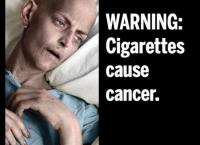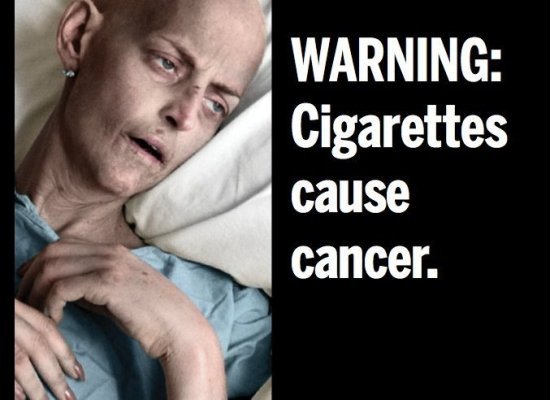 It’s all they could stand and they couldn’t stand anymore.
It’s all they could stand and they couldn’t stand anymore.
With the amount of money the tobacco companies rake in, it’s hard to feel sympathy for them. But when the federal government is actively launching a campaign that not only informs people about the dangers of smoking but it takes it one step further to basically blasting the tobacco companies, you knew they weren’t going take it laying down.
Four of the five largest U.S. tobacco companies sued the federal government Tuesday over new graphic cigarette labels that included: A sewn-up corpse of a smoker and a picture of diseased lungs. The tobacco companies are now saying the warnings violate their free speech rights and will cost millions of dollars to print.
A lawyer for the companies said the warnings no longer simply convey facts to allow people to make a decision whether to smoke, rather they force them to put government anti-smoking advocacy more prominently on their packs than their own brands, the companies say. In response, the tobacco companies are looking to the courts to stop the labels.
In the lawsuit filed in federal court in Washington, D.C. the companies wrote,
“Never before in the United States have producers of a lawful product been required to use their own packaging and advertising to convey an emotionally-charged government message urging adult consumers to shun their products.”
Though the FDA has refused to comment on the pending litigation, Health and Human Services Secretary Kathleen Sebelius called the labels frank and honest warnings about the dangers of smoking.
By now, it should be safe to assume that people are well aware of the dangers of smoking. Is it really necessary to put pictures of a sewn up corpse on the back of cigarette packs?
People who want to smoke will smoke. Isn’t a simple warning label enough? Do smokers really need the federal government to put a visual diagram on the backs of cigarette packs to show them exactly how smoking can kill them?
Isn’t it ironic how the federal government doesn’t put labels on potentially harmful prescription drugs that are used for smoking cessation?
